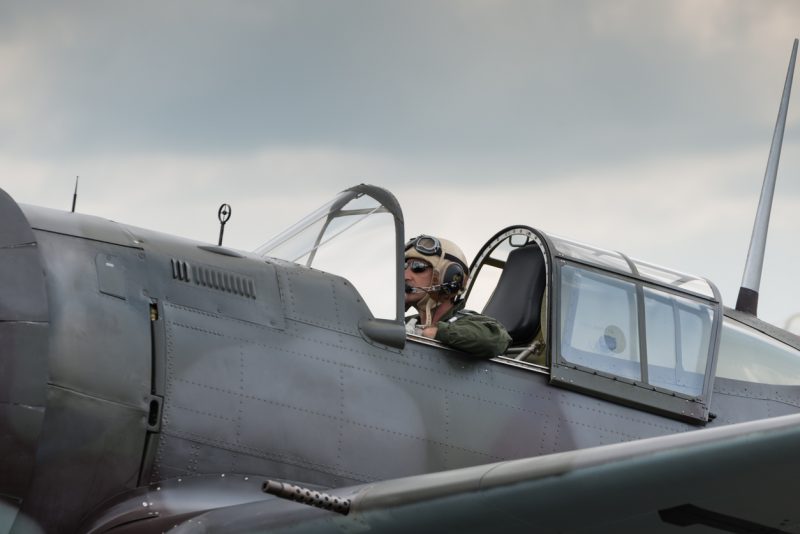Since the earliest days of aviation, effective communication between ground staff and pilots has been a key component of safe flying of aircraft.
Every information the pilot might get or share with the ground staff can be crucial, and it might save the lives of both the aviation personnel and the passengers.
Although aviation communication seems to be a very simple thing to do now, it was one of the most complicated things during the early stages of aviation. Since December 17th, 1903, when the Wright brothers made the first successful flight in history, communication with pilots in the air has been a real challenge.
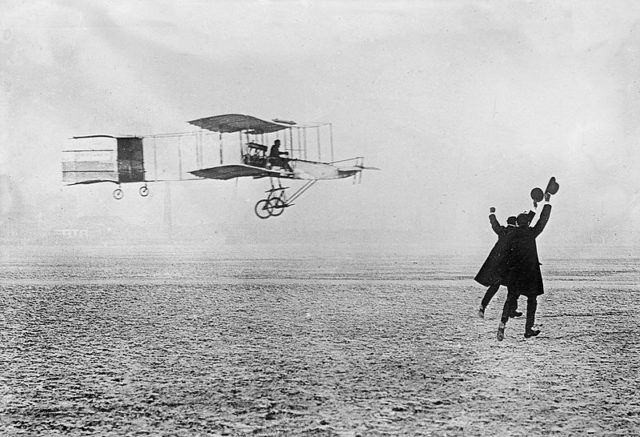
Visual aids like colored paddles, signal flares, and hand signs were used at the beginning as means of communication. However, the first air-to-ground radio communication used Morse code and operators used short signals in order to save time.
In the times when messages were sent via telegraph (in Morse code), one of those short signals that were used was the letter “R”, as an abbreviation for “received.” This meant that pilots confirmed that they had received the message and the instructions.
But what about flying at night? How did the pilots communicate with ground staff when they started flying at night? Nowadays we can book flights anytime we want, but this was not the case in the early stages of aviation. Finding visual landmarks at night was not an easy task and something that would change that had to be done.
American pilot Jack Knight made the first successful overnight air mail connection in the United States on February 22nd, 1921, but without effective communication, this would be impossible for him. Thanks to the signal fires along the flight path lit by post office employees, airfield managers, and even local farmers, Knight was able to succeed and by doing that he also secured himself a place in history.
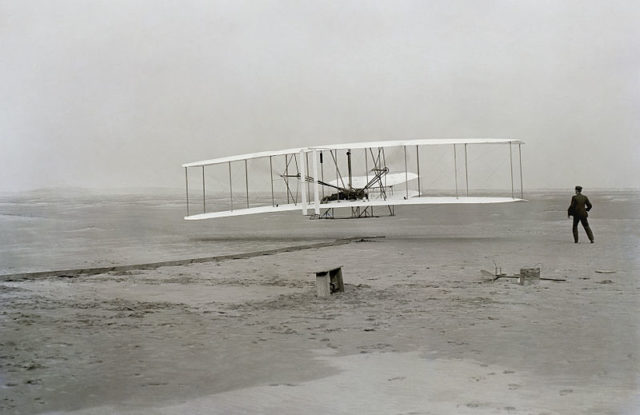
Aviation communication is not just an important and essential subject, but it also has a fascinating history. At some point in our lives, we have all heard a pilot using the word “Roger.” Some of us have heard it in real life, but most people know that pilots often use that word from movies and television.
Anyone who has watched the 1980 American satirical parody film “Airplane” probably remembers the following quote:
Co-Pilot Roger Murdock (to Capt. Oveur): We have clearance, Clarence.
Capt. Oveur: Roger, Roger. What’s our vector, Victor?
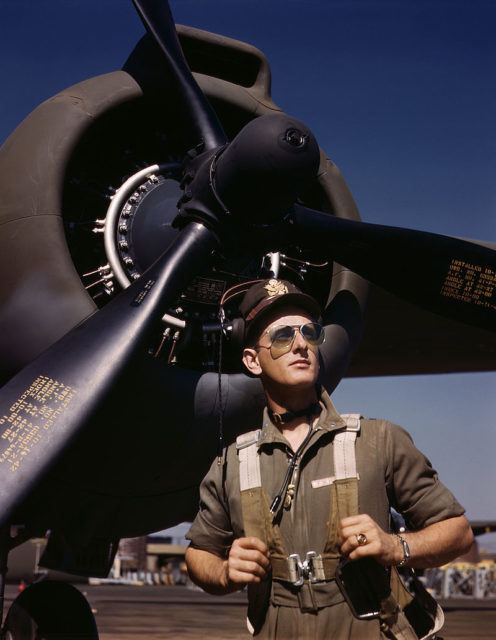
But why do pilots use the word “Roger” and what does it mean? When pilots stopped using “Morse” code and switched to voice operation, they used the word “Roger,” which was the phonetic designation for the letter “R,” which was previously the abbreviation for “received.”
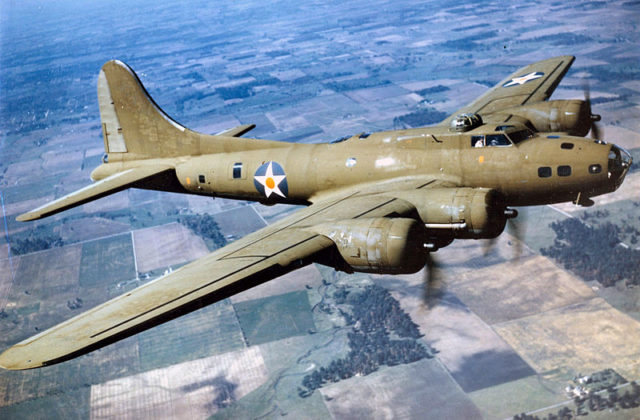
“Roger” became the designation for R in 1927 as part of the first phonetic alphabet, developed by the International Telegraph Union. But why they didn’t use received instead of “Roger?” It was 1943 when the term became popular, and there is a logical explanation why. Not everyone spoke English during World War II, and the term became part of the international ‘aviation language.’
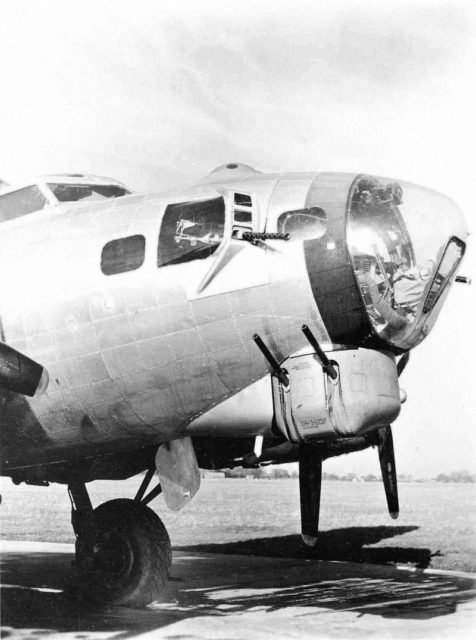
The British and American military used the following phonetic alphabet during World War II:
“Able, Baker, Charlie, Dog, Easy, Fox, George, How, Item, Jig, King, Love, Mike, Nan, Oboe, Peter, Queen, Roger, Sugar, Tare, Uncle, Victor, William, X-ray, Yoke, Zebra.”
Both the British and American military used “Roger” frequently during the war, and in 1957 it was replaced by “Romeo,” but by 1957 “Roger” was already synonymous with received.
Today, “Romeo” is a part of the phonetic alphabet, which is adopted worldwide:
“Alpha, Bravo, Charlie, Delta, Echo, Foxtrot, Golf, Hotel, India, Juliet, Kilo, Lima, Mike, November, Oscar, Papa, Quebec, Romeo, Sierra, Tango, Uniform, Victor, Whiskey, X-Ray, Yankee, Zulu.”
But what do pilots actually mean when they use the words “Roger Wilco?” We now know what “Roger” means and “Wilco” is just the short form of “will comply.”
